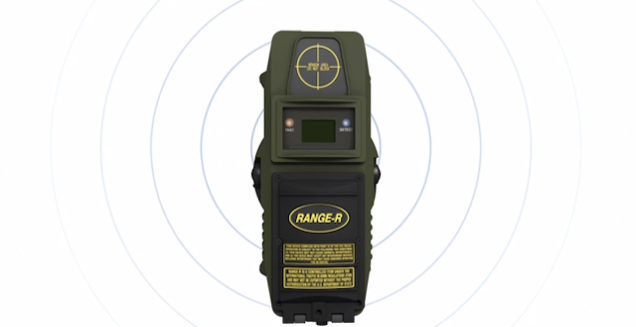Police are Sneaking A Peek

The FBI and the U.S. Marshals Service are the agencies included. They began deploying the radar systems more than two years ago with little notice to the courts and no public disclosure of when or how they would be used. Privacy and legal issues arise from having this new technology around. The Supreme Court has said that officers generally cannot use high-tech sensors to tell them about the inside of a person’s house without first obtaining a search warrant.
The radars use radio waves and work like finely tuned motion detectors to zero in on movements as slight as human breathing and from a distance of more than 50 feet. They can detect whether anyone is inside of a house as well as where they are and if they are moving.
Former federal officials as well as current ones say that the information is critical for keeping officers safe if they need to storm a building or rescue hostages. Privacy advocates have nonetheless expressed concern about the circumstances in which law enforcement agencies may be using the radars. Judges are concerned as well seeing as how enforcement agencies have already done so without public scrutiny.

It was not until December that the radars were largely unknown. That is when federal appeals in Denver said officers had used one before they entered a house to arrest a man who was wanted for violating parole. The judges expressed alarm that to search inside homes without a search warrant, even if they were only looking through the walls, raised grave Fourth Amendment questions. By that time though, the technology was not new anymore. Federal contract records show the Marshals Service began buying radars in 2012 and has spent at least $180,000 on them.
The Range-R looks like a sophisticated stud-finder. Its display shows whether it has detected movement on the other side of a wall and how far away that movement is, but it does not show a picture of what is happening inside. There are other radar devices that have far more advanced capabilities such as three-dimensional displays.
The Marshals Service has faced criticism for concealing other surveillance tools. They have a cellphone-monitoring tool known as a stingray that a Florida police sergeant asked officers from another department not to reveal.
What do you think about this?
Let us know in the comments below.






